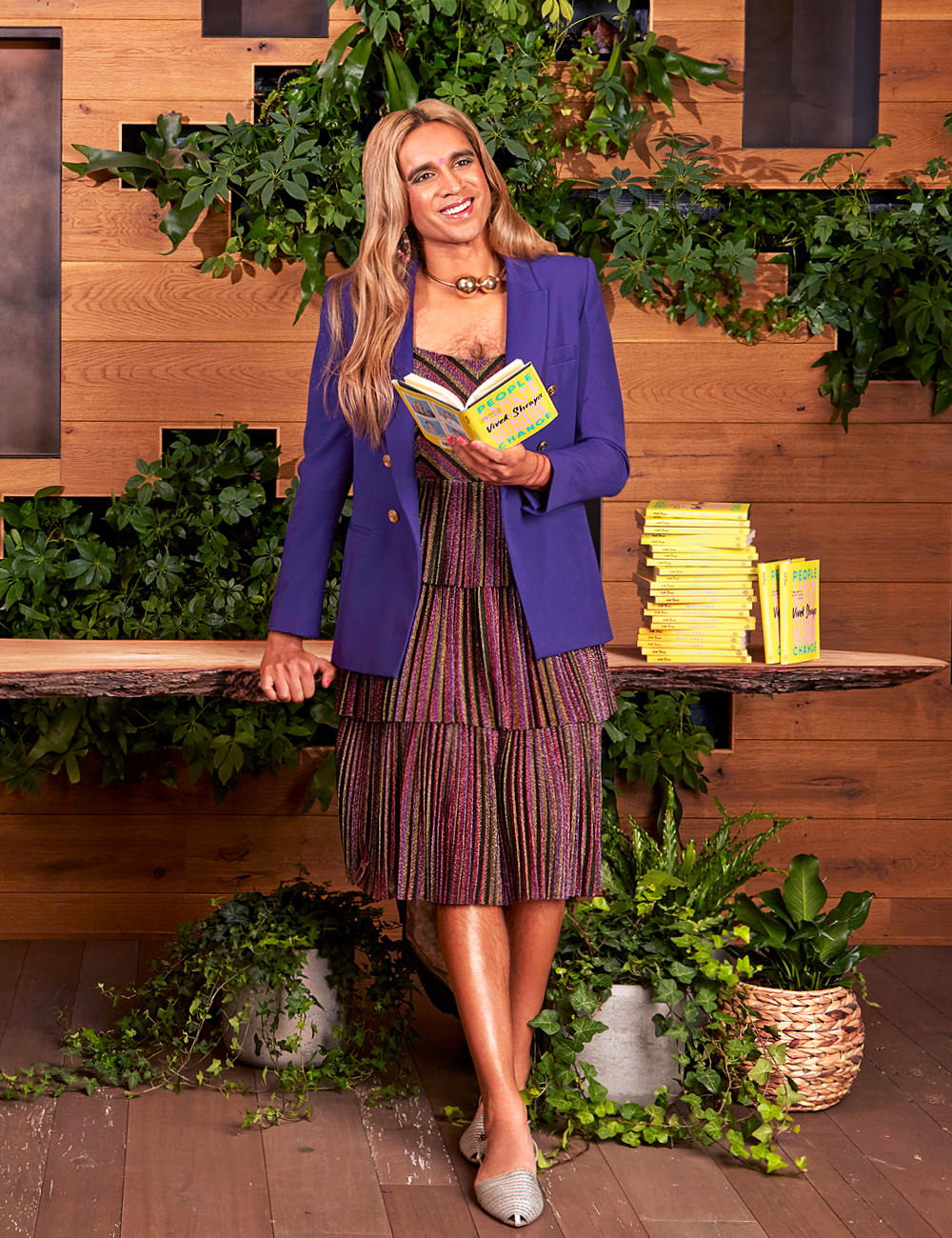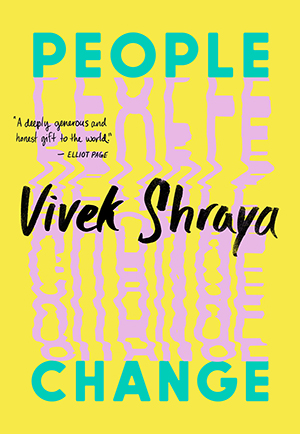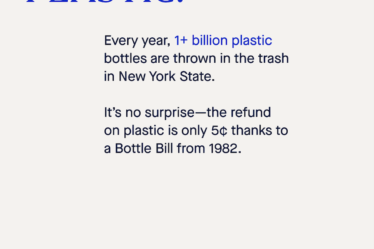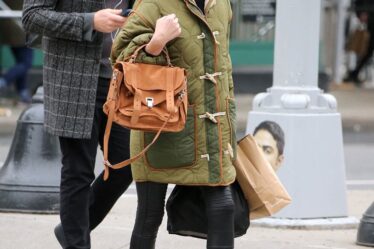
Images and Article from www.chatelaine.com.
‘My personal style emerged in some part from resistance to the mundane.’
In her newest book, People Change, Vivek Shraya digs deep into the connections between self-discovery, self-expression and personal style, and why transformation is something to be embraced rather than feared. Read on for a glimpse into the Canadian writer-playwright-artist-musician-professor’s style journey so far.
Click here for style tips and fashion inspiration from Vivek Shraya.
(Photo: Christie Vuong. Art direction: Aimee Nishitoba. Produced by Andréanne Dion. Hair and makeup: Alanna Chelmick. Styling: Zola Jeffers: Photo assistant: Emily Fulkerson. Shot on location at 1 Hotel Toronto.)
I’ve always relished the act of transformation. As a teenager, I looked forward to tearing off my house pyjamas and putting on going-to-the-mall attire. The process of changing stoked fantasies for the outing at hand—the conversations to be had, the snacks to be consumed, the movies to be watched. But no party or hangout ever lived up to my hopes, or to my outfit. Because of these disappointments, I soon reframed dressing up as the main event.
Did my love of transformation come from watching, on repeat, the sensual scene in Batman Returns when Michelle Pfeiffer as Selina Kyle unravels her apartment and stitches herself a slick black catsuit? Or from my affinity for makeover scenes in teen comedies? A case could be made that I identified with the homely protagonist who—by merely whipping off her glasses—reveals herself to be a starlet.
Or maybe it was the way these characters discovered that their true selves had been lying dormant, waiting to be unleashed.
As much as I love getting dressed up, I also can’t wait to return home and slip back into my pyjamas, turning off the social switch and the corresponding pressure to impress. It’s the before, the after, and the subsequent that has drawn me to transformation, the opportunity to express multiplicity—that someone can be more than one person, can oscillate between shy secretary and ferocious cat woman, and that no one person is more true, but rather the truth (and thrill) lies in the sum of my parts and in the seeming contradictions among them.
My fashionista origins can be traced to eighth grade, when I’d spend hours on my bedroom floor after school poring over photo spreads in magazines like GQ and Details. These were transformation bibles that illustrated how different times and settings demanded different appearances. Eventually, I started scrapbooking my inspirations in lined journals and planning my seasonal look months in advance. My more adventurous ideas needed to be tested out live on the runway (the school hallway), including sporting an onion bag on my head as a hat, weaving a crocheted winter scarf through my belt loops, and wearing unplugged headphones around my neck as a choker (and to add movement when I sashayed).
Through these external experiments, I was developing something internal: my sense of individuality. But also, judging from these particular choices, my personal style emerged in some part from resistance to the mundane. Changing my style was a form of artistic expression.
As an adult, I revel in changing my style not only as a means to highlight different physical and emotional angles but also to explore personas. I studiously reference my favourite actors and musicians—not as pure mimicry or idolatry. Instead, like a style Frankenstein, I’m eager to observe how transposing someone else’s aesthetic onto mine creates someone new.
This is why Halloween makes me uncomfortable: the intention behind dressing up is to scare (or for jest). Why must transformation be monstrous and frightening, or something to be laughed at, instead of an opening for self-discovery?
Queer people learn to hide ourselves at a young age through mastering performance. We know first-hand and through keen observation that the exterior is always a show. Learn from us: You don’t have to cloak your fantasies with guises. All clothes are costumes. Come out! Give yourselves more than one day of the year.
Every portrait of myself (and the responses others have to it) teaches me what expressions, poses, angles, clothing, and lighting I like, giving me invaluable intel about how I want to present myself, both in front of a lens and not. What if we stopped trying to project authenticity and instead admitted that our image and presentations actually reflect an ongoing process of figuring ourselves out? And that this process of learning (and relearning) how we want to see ourselves and how we want to be seen involves stumbling and posturing. Because whether we steer the process or not, our exteriors are always changing, never flat or one-dimensional. Why deny our growing pains and transformations instead of owning them?

Excerpted from People Change by Vivek Shraya. Copyright © 2022 Vivek Shraya. Published by Penguin Canada, a division of Penguin Random House Canada Limited. Reproduced by arrangement with the Publisher. All rights reserved.
Article shared from www.chatelaine.com


